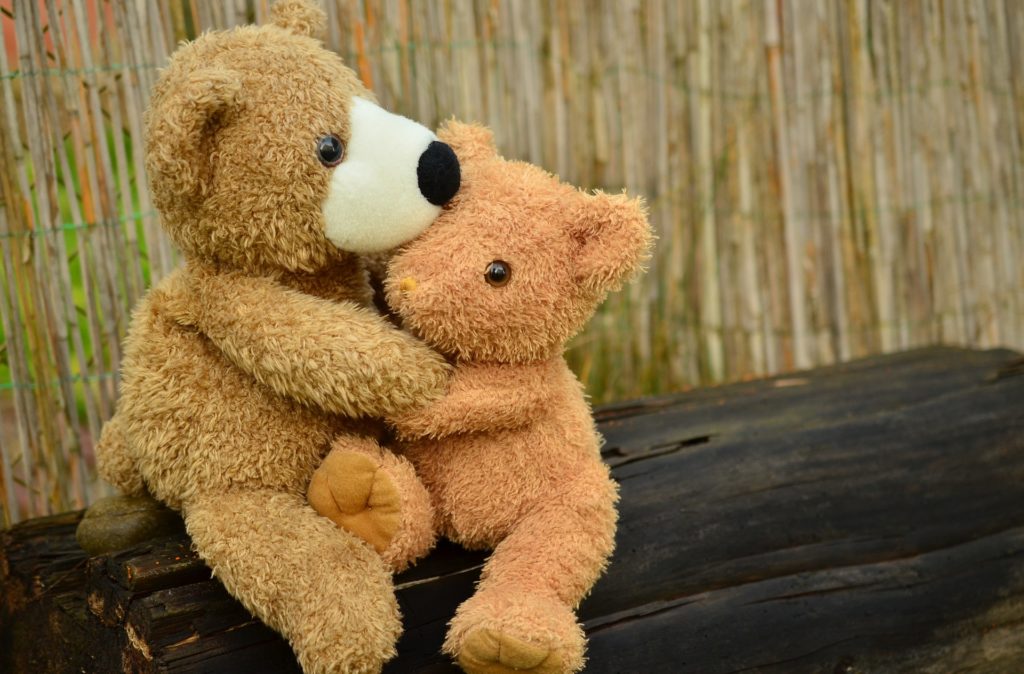Try as we might, you can’t keep children from being affected by the news. They’ll be exposed to stories of tragedy and disaster no matter what, through mediums like the radio, television ads and news bulletins, and through hearing grown-up conversations.
With the recent bushfires across the country, all children, whether they live near the fires or not, will have some reaction to the news from the disaster.
We’d love to shield them from the news, but it just isn’t possible – and pretending it isn’t happening or trying to keep them in the dark might actually be worse for your child.
They’ll see images that they don’t understand which may be quite distressing including hurt animals, upset people, burnt-out homes and pictures of the fires themselves.
Your child’s likely noticed the change in weather and the ominous smoke haze over our Shire, as well as the effect that all of these things have on you.
UNICEF has been counselling and helping families through trauma for years and has some really great advice on how to help your own children cope with the news. For some wonderful tips to help see their website.
Here are some ways to talk to your kids about bushfires and help them deal with their own feelings.
8 Tips for Talking to Children about News and Disaster

1. Focus on your child, not their distress
Give your child the opportunity to talk with you about what’s been happening by sitting down with them and asking them how they feel. Don’t push them to talk if they really don’t want to, but let them know that you’re there if they have questions.
Drawing pictures may be a good way to help your child to open up.
2. Be honest
Explain things truthfully to your child. If you don’t have any of the answers to their questions, tell them you’ll research things together. Use age-appropriate language.
It’s natural to want to sugarcoat the truth to help them cope, but they likely understand more than you think, and deserve to have honest answers.
Here is a link to a video by ABC’s Behind The News program which is wonderful for explaining the bushfires to kids.
3. Offer reassurance
Remind your child often that they’re safe and loved and that you’ll look after them and keep them from danger. Tell them that all the grown-ups are taking extra steps to make sure everyone is kept safe.
Spend extra time with your child at the moment to help them know you’re there for them.
4. Maintain routine
Maintaining your child’s routine is one of the best ways to reduce their anxiety or distress. If your child is directly affected through evacuation then getting back to simple things like playing, reading, drawing, listening to music, spending time with other children and learning can help them to find their foundation again.
5. Show them the good in the community
It’s easy at times of disaster to only see the bad news and upsetting images, and your child may focus on these. As often as you can, point out images of people helping each other through this crisis, let them know that no matter what happens, we’ll look after each other.
6. Look after yourself
Your child will pick up on your distress, so don’t cover up or ignore your own feelings. Consider talking to a doctor or a counsellor if you feel particularly distressed by what is happening. Take time out to yourself to rest, be kind to yourself and remember that you are safe and empowered too.
7. Be mindful of media exposure
Although you can’t keep your children from seeing the news and being exposed to television, we should all take care not to expose them to too much. We all know that too much screen time is not good, but when the screens are filled with distressing news and images, it’s even more important to monitor how much your child’s absorbing.
Here’s a factsheet about the effects of too much media exposure for your child which may be helpful to look at.

8. Let them help
With your child, work out some way that they can actively help. This will do so much for helping them to cope and normalise the situation, as it gives them back a feeling of control, as well as pride in themselves.
Helping is empowering, no matter how big or small we are.
It doesn’t need to be big – your child could draw thank you cards for fire and emergency workers, help to gather donations for an animal rescue charity, or help you put together a backpack for a child who has lost a home or school.
For ideas on how you and your child can help emergency services and bushfire victims, check out our blog here.
